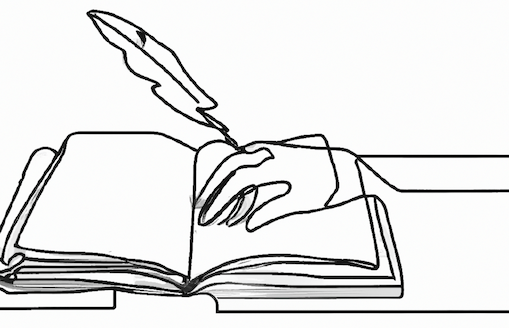Foreshadowing is a literary technique that can add depth and intrigue to a novel. It involves hinting at events or plot twists that will occur later in the story, allowing the reader to make connections and predictions that add to their understanding and enjoyment of the story. Here are some tips for using it effectively in your novel:
Foreshadowing Guide

- Use subtle hints: Foreshadowing should be subtle, not obvious. The reader should be able to look back at the story and see the hints, but they shouldn’t be so obvious that they take away from the surprise of the event when it happens.
- Use multiple forms: Foreshadowing can take many forms, such as symbols, dialogue, and imagery. Using multiple forms of foreshadowing can add depth and complexity to your story.
- Plant the seeds early: To be effective, it should be planted early in the story. This allows the reader to make connections and predictions as they read, rather than feeling like the hints were added in retrospect.
- Build tension: Foreshadowing can be used to build tension and suspense, hinting at events or plot twists that the reader knows are coming, but doesn’t know exactly when or how.
- Be consistent: Foreshadowing should be consistent throughout the story. If you drop hints early on, make sure they pay off later in the story.
By following these tips, you can add depth, intrigue, and tension to your novel.
Keywords: literary technique, novel, subtle hints, multiple forms, early, build tension, consistent
Check out our Novel Writing Workbooks
Check out Little Tree Food Forest for articles on food forests and homesteading.
Check out FoodieScapes for articles on growing, fermenting and preserving food
Check out StoryScapes.World for articles on writing.










